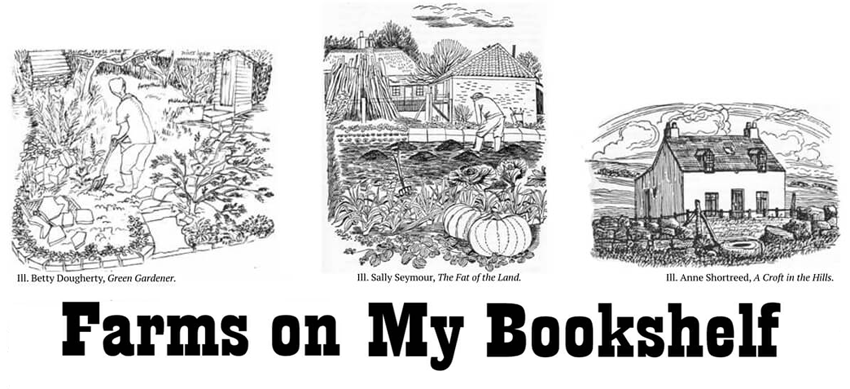No farms today, instead I thought I'd list some of my favourite holiday reads. On holiday I like to read books that have lots of pages and, as they say in Dutch 'lezen als een trein' ('read like a train'), i.e. once you start you can't stop. Here are some books that I have enjoyed and can wholeheartedly recommend. I would love to hear what your favourites are.
Ann-Marie MacDonald: The Way the Crow Flies (2003, 810 p.) From the back flap: Both a head-spinning murder mystery and an exploration of morality, innocence lost, and the length to which parents and children will go to protect one another. Astonishing in its depth and breadth, The Way the Crow Flies artfully weaves one family's struggles into the fabric of the Cold War. This had me hooked from the start. When I got an inkling about the way the story would develop I stopped reading for a few days, because I cared so much about the characters. Just had to finish it though.
Norman Collins: London belongs to me (1945, 738 p.) I read a recommendation somewhere and ordered this book right away (it is a Penguin Modern Classic). This is the story of the inhabitants of a boarding house in Kennington in 1938. From the back flap: With deadpan humour, London Belongs to Me portrays a world of séances, shabby gentility, smoky pubs and ordinary lives in an extraordinary city. I took it with me when we were going to spend Christmas with friends. I became ill, spent a few days in bed and devoured this book.
Catherine Fox: Acts and Omissions (Lindchester Chronicles part 1, 2014, 328 p.). Having read Catherine Fox's three novels I kept hoping for more. She has a way of making you love her characters, and you want to know what happens to them after the book finishes! I knew that she had written novels about the Church of England, but I assumed they would not be my thing. But then I read somewhere that characters from her earlier novels return in these stories so I ordered them like a shot. I am so glad I did. I think Acts and Omissions (first written in instalments on Catherine's blog) is the best one: it is warm and witty and wise. Very funny, but some parts still bring tears to my eyes. I recommend this even if you know little about or have no interest in the Church of England: it is about people.
There are three more Lindchester Chronicles: Unseen Things Above, Realms of Glory, Tales from Lindford (this was blogged in instalments during 2020).
Dervla Murphy: Where the Indus is Young (1977, 266 p.) and On a Shoestring to Coorg (1976, 256 p.). I am a big Dervla Murphy fan and these two books are my favourites. Dervla had already published a few books on her travels when she had her daughter, Rachel. In On a Shoestring to Coorg she takes five year old Rachel to South India. This is " Rachel's apprenticeship to serious travelling. In effect, this decision meant not organising it; we would fly to Bombay and slowly wander south to Cape Comorin, planning our route on a day-to-day basis. As things turned out, these inconsequential ramblings had the happiest results" This is slow travel at is best. We see India through Dervla's and through Rachel's eyes. In Where the Indus is young Rachel and Dervla spend a winter in North Pakistan, travelling on foot with a mule to carry their luggage. I love Dervla's eye for the practical and the domestic: what is it like to keep house and cook in very primitive circumstances? These are details you don't often read about in other travel books.
I hope you will enjoy these books too. I would love to hear what your favourites are. I will be away from my desk for a while, so I may not be able to react at once. Have a great summer!










